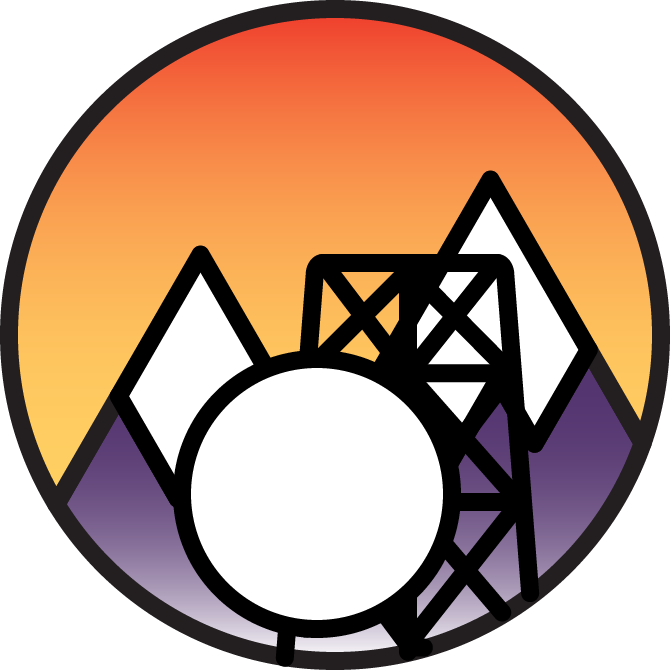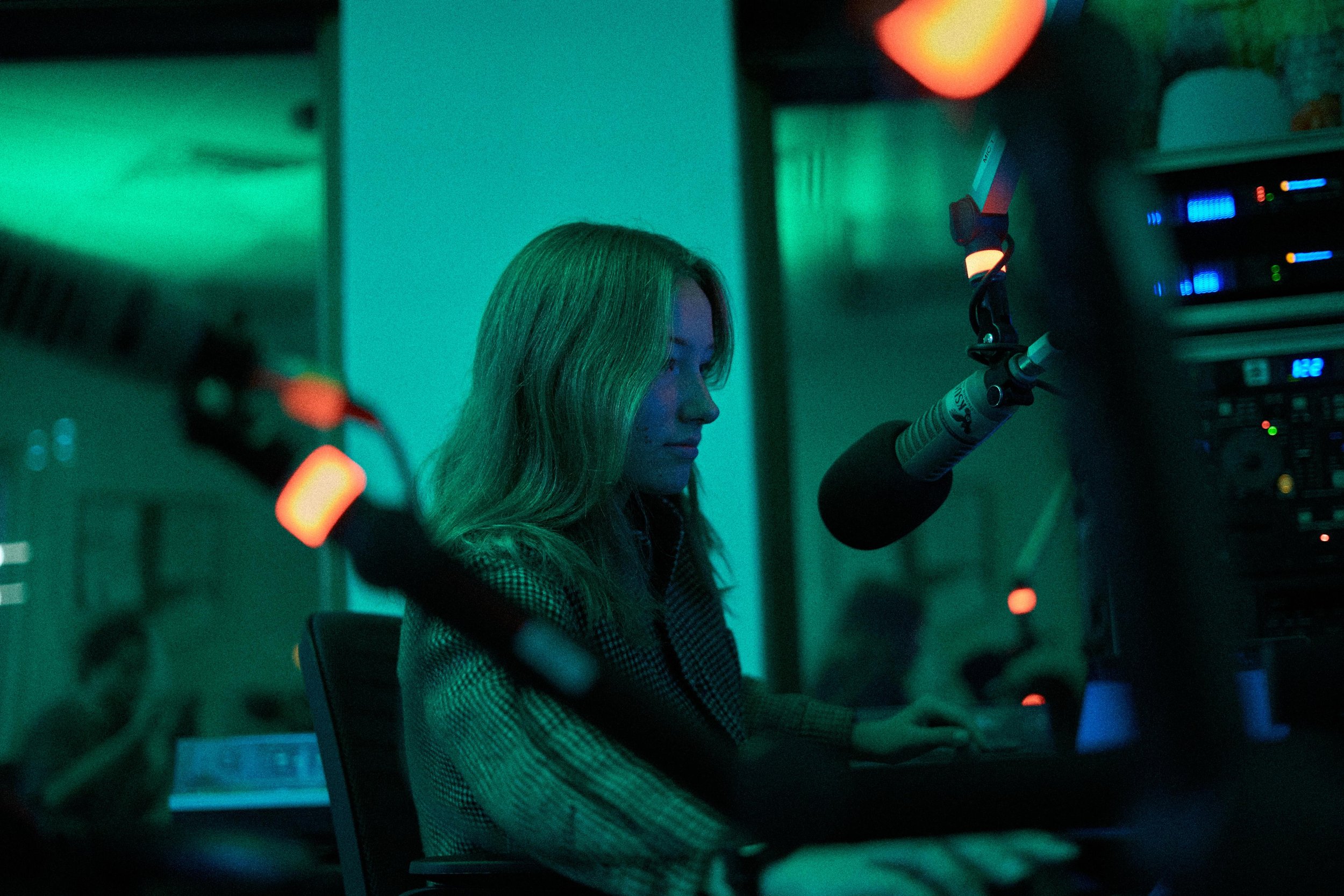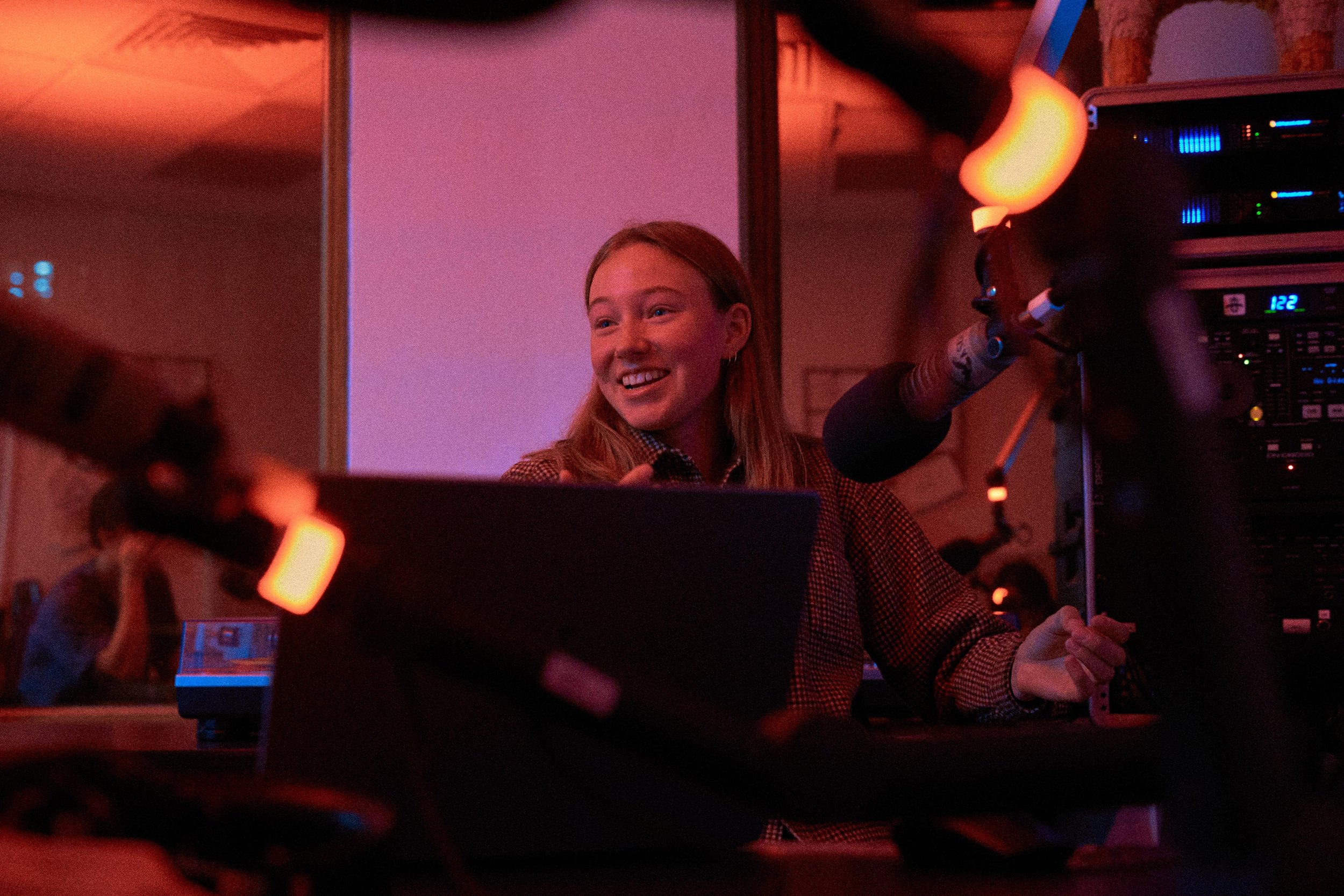The Voice of Alternative Alaska: Student Radio Station Thrives at UAF
In the heart of the Wood Centre at the Univerity of Alaska Fairbanks is the local radio station, 91.5 KSUA FM. For over four decades, KSUA radio has served as a platform for student expression, a training ground for future broadcasters, and a gathering place for Fairbanks’ media community. KSUA hit the airwaves in 1984, experimenting with a commercial radio format, however, financial difficulties forced a temporary shutdown in the early 1990s. In 1993 KSUA re-emerged as a non-profit educational station, fueled by student passion and a commitment to alternative music. Today, it harbors over 35 shows that are currently on air.
Starting a show is something anyone can do. “It’s as simple as filling out the DJ application form on the KSUA website with your show name and idea and we will reach out to you,” KSUA’s general manager Kevin Huo said. “You don’t need any experience, we will show you the ropes and make you comfortable using the equipment.” Learning to use the mixer console, record players, and microphones are all things that can scare students away, but KSUA is committed to providing a welcoming learning environment for all, regardless of radio experience.
“Everyone at KSUA is so welcoming,” Rachel Lyndle, a DJ at KSUA said. “DJing has kept me busy in the cold depths of my first Alaskan winter.” Rachel, an exchange student from Scotland, got into KSUA radio through a friend who works at UAF student media. Her show, “How Did I Get Here” is on Mondays at 11 a.m. Alaska Standard Time. On her show, she talks about her favorite music, shares personal stories, and interviews friends. Even though she is only here for the semester, the station has helped her find her place at UAF.
KSUA radio also regularly showcases Alaskan Native artists on air, something that commercial radio often overlooks. “We make sure to play a variety of Alaska Native music that commercial radio stations don’t really promote.” Kjrsten Schindler, the production director at KSUA said. “It’s important to us that we showcase music that doesn’t get a lot of recognition on commercial radio.” Schindler has been working for KSUA since 2021. Alongside her job working for the station, she has three shows. “The confidence boost that being live on air has given me has led me to pursue other creative ventures, like acting and screenwriting.”
Collaboration is another key part of KSUA radio, as the station actively seeks out local artists. "We collaborate with artists in the town and get them on air, invite them to attend events here at UAF," said Schindler. This not only enriches the station's programming but also the relationship between KSUA and the Fairbanks arts scene. DJs have access to media passes, encouraging them to attend various media events and bring their experiences back to the station. “As a DJ, you are also a student media team member and get the opportunity to attend events across Alaska.” Said Huo. Having a lead role in UAF student media, Huo attends most of the events that UAF student media is invited to. This year students attended events such as Arctic Winter Games and collaborations with UAA’s KRUA FM.
College radio, which is typically staffed by a mixture of students and volunteers from the community, is by far the most popular form of non-commercial radio. College radio is known for showcasing alternative and independent artists, so much so that “college rock” has developed into its own music genre, and that's what they do at KSUA. There are over 35 shows currently on air, all of which showcase different music, from Heavy Metal to Alternative Rock to Hip-Hop to Musical Theatre, 24 hours a day, 7 days a week. A schedule can be found on the KSUA website. Check out https://www.ksuaradio.com for scheduling, blog posts, and more information.
By Tabitha Williams - The Vinyl Frontier



